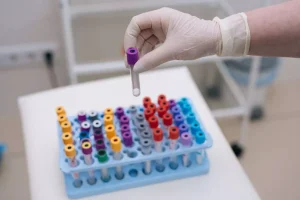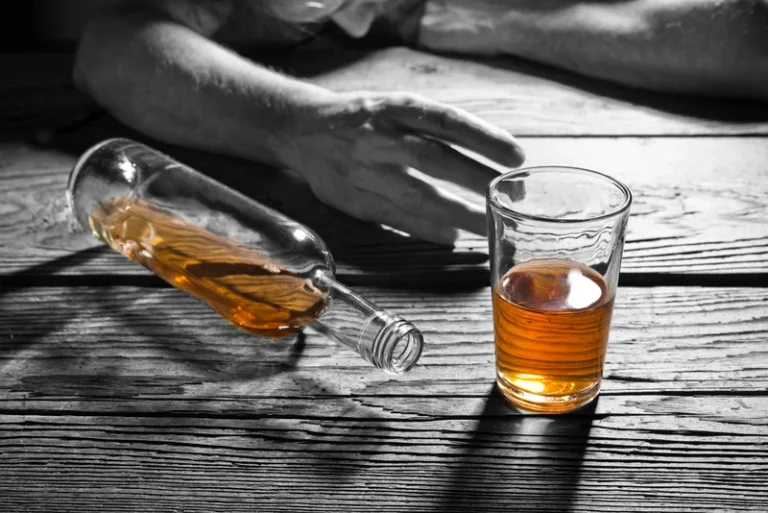Unifying Theories of Psychedelic Drug Effects

Complex hallucinations typically succeed elementary hallucinations and are more likely at higher doses (Kometer and Vollenweider, 2016; Liechti et al., 2017) especially under DMT (Strassman et al., 1994; Shanon, 2002). Both elementary and complex hallucinations are more commonly reported behind closed eyelids (‘closed eye visuals’; CEVs) but can dose-dependently occur in full light with eyes open (‘open eye visuals’; OEVs) (Kometer and Vollenweider, 2016). Under psychedelic drugs, mental imagery becomes augmented and intensified—e.g., ‘My imagination was extremely vivid’—and is intimately linked with emotional and cognitive effects (Carhart-Harris et al., 2015; Preller and Vollenweider, 2016).
Can psychedelic and dissociative drugs be used as medicine?
However, shrooms are illegal in most places and carry risks that people should recognize. While the future of psychedelic therapy offers exciting possibilities, O’Donnell emphasizes that overcoming mental health disorders is a process that often takes time and hard work. All psychedelics produce a temporary altered state of consciousness, but researchers believe these experiences may generate lasting effects when it comes to treating mental health, says Dr. Johnson. Pre-prohibition perspectives could help design studies investigating the relevance, are psychedelics addictive selection, and significance of psychological interventions in psychedelic treatment. Additionally, the clinical richness of pre-prohibition perspectives could inform studies assessing the impact of therapist effects, guiding the development of evidence-based training and supervision protocols to optimize clinical outcomes. Accordingly, the primary goal of the preparation phase was to support patients to accept the drug’s effects without fear, emphasizing a readiness to experience the expected and unexpected somatic and psychic effects.
FIND TREATMENT:

According to other studies using DSM-IV criteria, a far lower proportion of users develop hallucinogen dependence. For example, Kendler et al. (1999) provide a 0.2% estimate of hallucinogen dependence among hallucinogen-using female twins. Psilocybin caused major changes in functional connectivity, or FC—a measure of how activity in different regions of the brain is correlated—throughout the brain. These regions included most of the cerebral cortex, thalamus, hippocampus, and cerebellum.

Short-term Psychological Effects: A Journey Through the Looking Glass
Johansen and Krebs (2015) propose that modern anti-psychedelic legislation began over 100 years ago when rival religious groups campaigned against Native American peyote use, calling peyote ‘addictive’ as well as an ‘insidious evil’ (Newberne and Burke, 1922). Although evidence and human rights arguments led to exemptions for specific indigenous groups, the laws and biases against peyote remained in place and were then extended to other psychedelics. The 2017 study stated that participants experienced reductions in their symptoms regardless of the dose they took and questioned whether the results were influenced by a placebo effect. Surgeons used PCP in the 1950s as a general anesthetic, but manufacturers stopped producing it due to its serious side effects, which included postoperative delirium and hallucinations. At high doses, PCP can cause seizures, severe muscle contractions, violent or aggressive behavior, and symptoms of psychosis.
- These individuals can experience ongoing mental health issues, such as paranoia, altered mood, and visual disturbances.
- While short-term positive and negative mood changes are common with psychedelic and dissociative drugs, more research is needed to better understand the long-term effects these substances may have on mental health.
- The cognitive effects of these substances can be profound and far-reaching, impacting everything from memory and attention to problem-solving and creativity.
Rewiring the brain

Griffiths et al. (1979) concluded that the reinforcing effects of PCP are most likely unrelated to its hallucinogenic properties, and that the lack of self-administration in animals agrees with the finding that people use psychedelics at a very low level and that most discontinue use spontaneously. In support of this early work, a recent study in three baboons showed that, under daily schedules, they self-administered very low amounts of LSD, considerably less than cocaine. This did increase in two of these non-human primates under intermittent schedules, although still at a much lower level than cocaine (Goodwin, 2016).

Psilocybin (4-Phosphoryloxy-N,N-Dimethyltryptamine)
Federal health regulators are questioning the safety and evidence behind the first bid to use MDMA, the mind-altering club drug, as a treatment for PTSD, part of a decadeslong effort by advocates to move psychedelic drugs into the medical mainstream. As we look to the future, the field of psychedelic research holds immense promise. From new treatments for mental health conditions to deeper insights into the nature of consciousness, the potential implications are vast.
The distortion of our subjective experience of self is a core part of the psychedelic experience, which also includes an increase in emotional empathy, the ability to respond to the mental state of others. People report greatly enhanced sociability, feel as though they have “taken off the mask they wear around others,” or that the personal “wall” that separates them from others has fallen. Because our ego separates https://ecosoberhouse.com/ us from others, ego dissolution causes people to feel much closer to others, whether they know them well or not. Dissolution of the sense of ego makes people feel at one with the world, and the intensity of the experience makes it highly meaningful to people. Not only is serotonin involved in processing sensory information, it also influences our emotional responses, such as fear, excitement, and empathy.
Results of the study, which was funded in part by NIH, appeared in Nature on July 17, 2024. Authors of a 2017 study into the therapeutic effects of psilocybin stated that more research is needed to confirm whether this particular psychedelic can benefit OCD after a small, 2009 study stated it decreased OCD symptoms in all of its study participants. The typical doses individuals who use LSD take are very small, between 100 and 200 micromilligrams, and they produce long-lasting effects that can last up to 12 hours. There appear to be no recorded fatalities from overdosing on LSD alone, and reports in the literature of LSD overdoses often include the use of LSD with other potentially dangerous drugs.
- But providers stopped using it for this purpose in 1965 due to serious side effects.
- The approach of psychedelic-assisted psychotherapy (PAP) to psychiatric drug development is unique, a paradigm shift in fact.
- People can make a tea called ayahuasca, which is also known as hoasca, aya, or yagé, from the natural plant version.
- The Malenka lab’s research explores how these mechanisms get hijacked by drugs of abuse, including potentially beneficial ones like MDMA.
- “I was pleasantly surprised at the number of people,” says Alex Kwan, a biomedical engineer at Cornell University who spoke at the session.